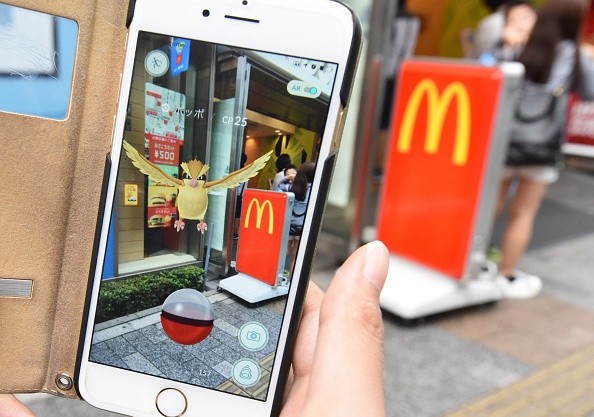Smartphone location data proves to be a great indicator of a user's inherent risk of diet-related diseases, as it shows someone's fast food access and proximity, as per findings of a new study reported by Interesting Engineering.

The study's data led by schools from the University of Southern California (USC) and Massachusetts Institute of Technology (MIT), along with Sabancı University in Turkey and LA County Department of Public Health, demonstrated strong and persistent evidence that the consumption of fast food by residents of a given area is highly correlated with the number of visits to fast food outlets compiled through smartphone users residing in that neighborhood.
A news release by USC states that Abigail Horn, a lead scientist at USC's Information Sciences Institute, led the multifaceted team that explained how smartphone mobility data that passively records visits to fast-food establishments provides valuable information on the average intake of fast food among a varied urban population.
Location Data as Predictor of Obesity and Diabetes
Additionally, visits to fast food outlets were also found to be a predictor of obesity and diabetes, two diet-related disorders that are common among residents of the studied areas.
The USC-backed study suggested how mobility factors were as good as or more accurate predictors of diabetes and obesity than individual self-reported fast food consumption, which is a routinely used diet assessment technique in public health monitoring.
The study concluded then and therefore that aside from someone's commute and the route one takes to complete daily errands, other factors that impact the risk of diet-related disease include how someone gets from point A to point B and all the way to point Z in an individual's day, as well as the locations of those points.
Decades-Old Research Premise
Horn explained how the study's premise came about, stating that low physical access to wholesome food sources has long been studied as an indicator of people making bad decisions out of need or convenience.
The lead scientist further stated how culinary settings have long been theorized and how repeatedly seeing fast food restaurants throughout the day may serve as a cue or trigger for particular behaviors.
She added that in the past ten years, more than a billion dollars have been spent on public health initiatives, including home meal situations, but the initiatives appear to have been in vain as the number of diet-related illnesses has yet to decrease despite the health initiative's effects.
The team knew that someone's eating behavior does not solely rely on someone's neighborhood, with Horn stating that the absence of information on all the authentic dining establishments and areas where individuals spend the most of their time may account for the lack of correlations observed between the food environment in one's home neighborhood and one's diet and health outcomes.
To accurately determine fast food proximity and fast food intake, the study then turned to a data set compiled by location data businesses, sold as "mobility data," for advertising purposes determining how exposed people are to different culinary settings.

ⓒ 2025 TECHTIMES.com All rights reserved. Do not reproduce without permission.




